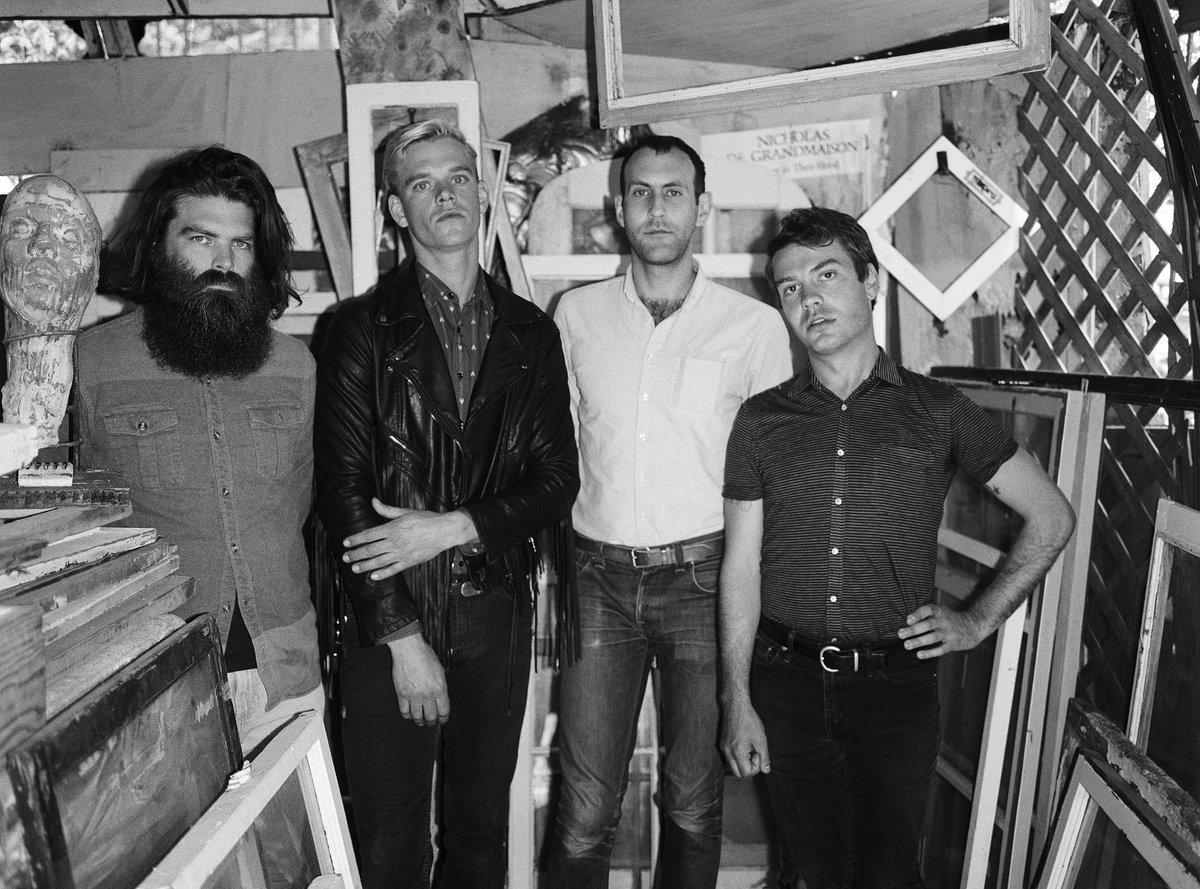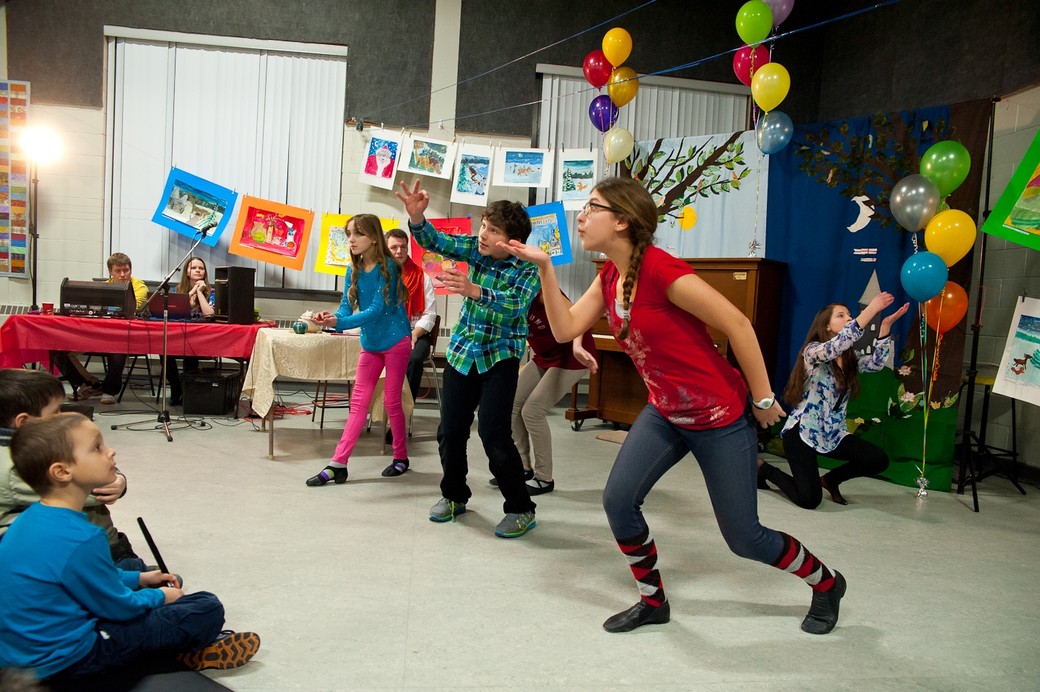
About Art – Bank Street Blue
Photos by Stuart Adam Shein
A group immersed in conversation sits next to a wall at Bridgehead Coffee on Bank and Gilmour. This seems like an ordinary image of no special importance but the exposed bricks of that particular wall and the industrial design of the interior invites imagination. The Dark Colombia served in a simple, white porcelain cup produces an outpouring of ideas that I must set to screen.
Ottawa’s art, architecture and design entice me. Music and style are not the only makers of scene here.
There is an abundance of For Rent signs with phone numbers posted outside apartment buildings and houses. When searching for a place, these were invitations to find a home. They appear, though, to be bought from Dollarama or Home Hardware.
I am intrigued by buildings or apartments when exploring city blocks due to the diverse collections of places that compose Ottawa. In amazement, I scan networks of straight streets and the assortment of homes that line them. On a graying night, lamps turn on to bring their interiors into view while occupants are oblivious to the life on the street. They are entranced with the movements of supper starting.
 The eclectic architecture of Ottawa impresses. When I stare out of my window to take in the urban view or sit in the confines of a bus maneuvering through another neighborhood, each building has its unique language. The people who live there add stories to the stone, tales to the architecture.
The eclectic architecture of Ottawa impresses. When I stare out of my window to take in the urban view or sit in the confines of a bus maneuvering through another neighborhood, each building has its unique language. The people who live there add stories to the stone, tales to the architecture.
On exhibit in Ottawa are the permanent sculptures outside the National Gallery. One is a spider, an embodiment of night, in stony shades of dark metal. Its giant legs spread outward, the body central and hovering in the center. I am engulfed by it when I stand underneath. Does the spider devour or protect? How does this sculpture, of gigantic proportions, epitomize Canada? Maybe the spider is meant to keep all viewers under a spell of speculation.
Yet my favorite is the lamppost sculpture. I am uncertain about the artist’s intention here but observing the twisted nexus of lamps, arranged and rearranged, juxtaposed, symbolizes intertwined, city streets. If each lamp is a person, are we not connected to each other in weird and unusual ways?
To elevate an ordinary object like a street lamp into art is transforming the purpose of an object and giving it a new and exciting aesthetic meaning for the viewer to consider. This is just one layer to modern art. The year is 2017 and is modern still the right word to explain Ottawa’s art?
Beyond the expanse of grounds outside the National Gallery, essentials of design fill a vast array of shops which we use to transform our drab interiors into individualist expressions of our selves. These shops sell everything from Native Art to ethnic patterns, wall hangings or tapestries and Buddhist relics – decorative objects that feel shamanic or meditative. I recall memories of travel to Southeast Asia with the sand of beaches still falling out of my backpack. Other stores are Japanese-inspired or they offer minimalist furnishings with maximal prices.
IKEA is still the Scandinavian Giant that straddles the world of DIY furniture or in my case, Destroy-It Yourself. My place is IKEA-esque with touches from further corners of the globe, mainly Indonesia.
Let us move up Bank Street and tuck into the interior of Stonewall Wilde’s. I remember some years back when Stonewall’s carried only books. Today the small and intimate space once lined with shelves and literary talk evolved into a two floor arrangement. There exists a street-level or first floor gallery housing incredible art, dishes, objects and pottery. Canadian artists and artisans produced these exquisite collectable items. The gallery represents and supports a localized and community-based or voiced art scene. There is a vast book-scape of LGBTQ titles and downstairs there exists edgier fashion and accessories of a Wilde-r nature.

My first encounter in the upstairs gallery was in a word, spiritually transforming – ok that’s two words.
Advertised on Instagram, the event brought artists and visitors together, offering a chance to purchase original pieces or paintings, arranged and curated to amplify the electric aesthetic. With several of the artists present, we could discuss the art and collectibles, understanding first-hand what inspirational forces carried these artists to create such paintings or pieces of phenomenal design.
I admire works by community or local artists (photographers, too) greater than those found in world-renowned galleries. Maybe this fact has something to do with the untamed emotions that such pieces awake in me or perhaps, it is the accessibility. I feel no barrier between the art (photo) and myself, contrary to works In prestigious museums where I am – distanced. The exhibitions and collections still arouse sensations but there is less engagement.
Picasso or Klimpt enamor me but time and history separates those artists and their paintings from where I remain standing. Warhol’s works dazzle through their method of fabrication – colors – popping. Yet I am not living in an age of iconic Campbell’s Soup but do eat out of a can from time to time.
Perhaps, a package of ramen or ramyun – instant noodles should be the next composition.
The scent of homemade soaps, maybe a few candles bathed every visitor at Stonewall Wilde’s. Contrasting forms dominated me. Abstract paintings hung above displays containing unique glass ornaments, jewelry of all types from bracelets to necklaces and a full library of enticing titles that beckoned to the book hungry, to indulge without limit. Plates and dishes attracted viewers to imagine immaculate food served on them.
 Matthew Young breathed life into his tables – perhaps more sculpture than furniture. Each one carries and keeps the essence of a growing tree. Some are coffee tables, meant to be in front of a sofa, others are reserved for corners, dining rooms or just for display. Glance upon any of these natural and pristine pieces of raw nature and underneath, urbanity thrives in pipes or iron supporting each surface. Young creates visual pieces of activism to promote the preservation of nature through furniture in balance with urbanity. His art harmonizes the ecological performance between wood and iron – elemental synergy
Matthew Young breathed life into his tables – perhaps more sculpture than furniture. Each one carries and keeps the essence of a growing tree. Some are coffee tables, meant to be in front of a sofa, others are reserved for corners, dining rooms or just for display. Glance upon any of these natural and pristine pieces of raw nature and underneath, urbanity thrives in pipes or iron supporting each surface. Young creates visual pieces of activism to promote the preservation of nature through furniture in balance with urbanity. His art harmonizes the ecological performance between wood and iron – elemental synergy
Outside the gallery, I find myself once again located on solid concrete. A mix of colored glass, painted canvases and ethereal images from Stonewall Wilde’s still float in front of my eyes as I march forward in the wind-driven rain on Bank Street during this deep blue evening.
In my steady advance towards Elgin and the University of Ottawa, I take in small reminders of nature in the potted flowers or in random or planned acts of park making. I pause in the stillness of sentinel trees. Lamp-posts and stoplights are mechanical trees while the benches up ahead are parts from deceased forests. Further on, lights suggest occupancy in homes and apartments. Some appear vacant.
I’m convinced that artists and designers beautify Ottawa and the rooms within. Without artists, studios would be For Rent and who would then be the interpreter of space – or identity?
One team pulled down a house, mallets to wood, then a bulldozer eliminated all traces of the foundation. The dilapidated house was crumbling even before they began. An empty hole remains after they finished their art of demolition.
Up to now, this midnight black yard swallows color.
With pieces of Ottawa in decay, fresh structures will emerge but urban development must not be about gentrification. The plan must focus on urban renewal – to preserve enclaves and neighborhoods – with art as a continuous resource.
Small galleries, cafes or bars must sustain Ottawa’s independent artists from diverse cultural or social backgrounds. Some will even reflect burgeoning artistic underground movements. Imperative is that all artworks stay in a circle of lamplight.













